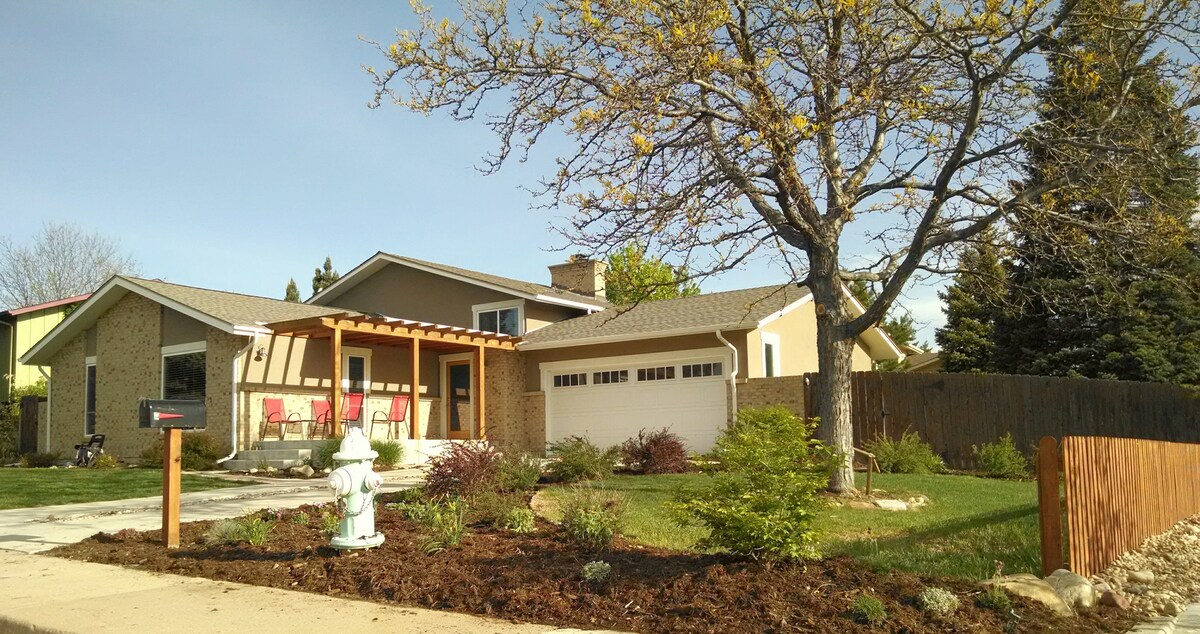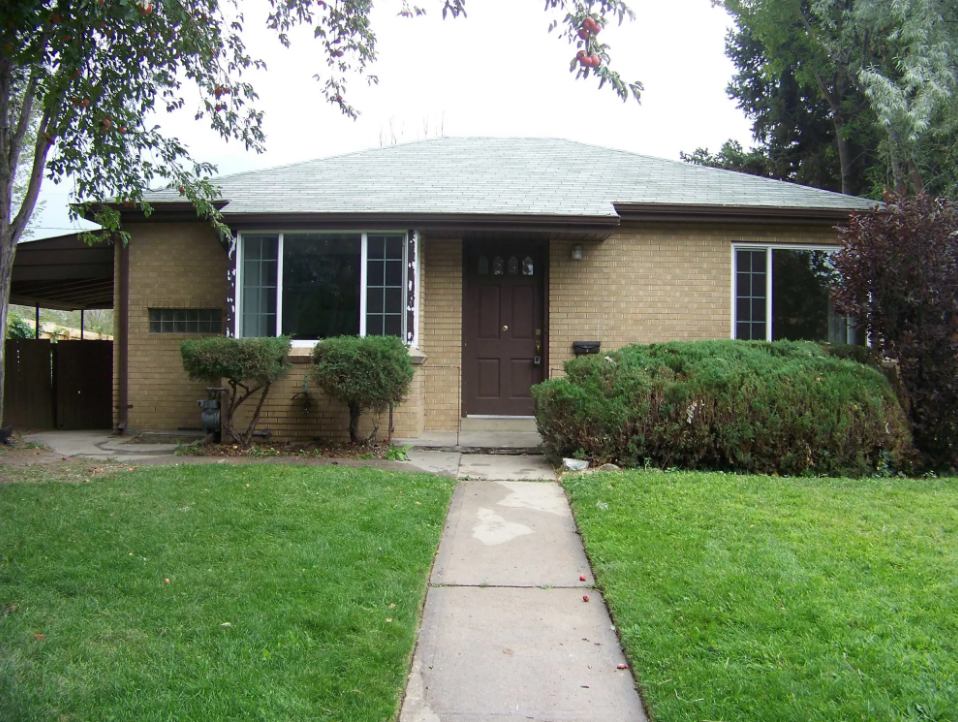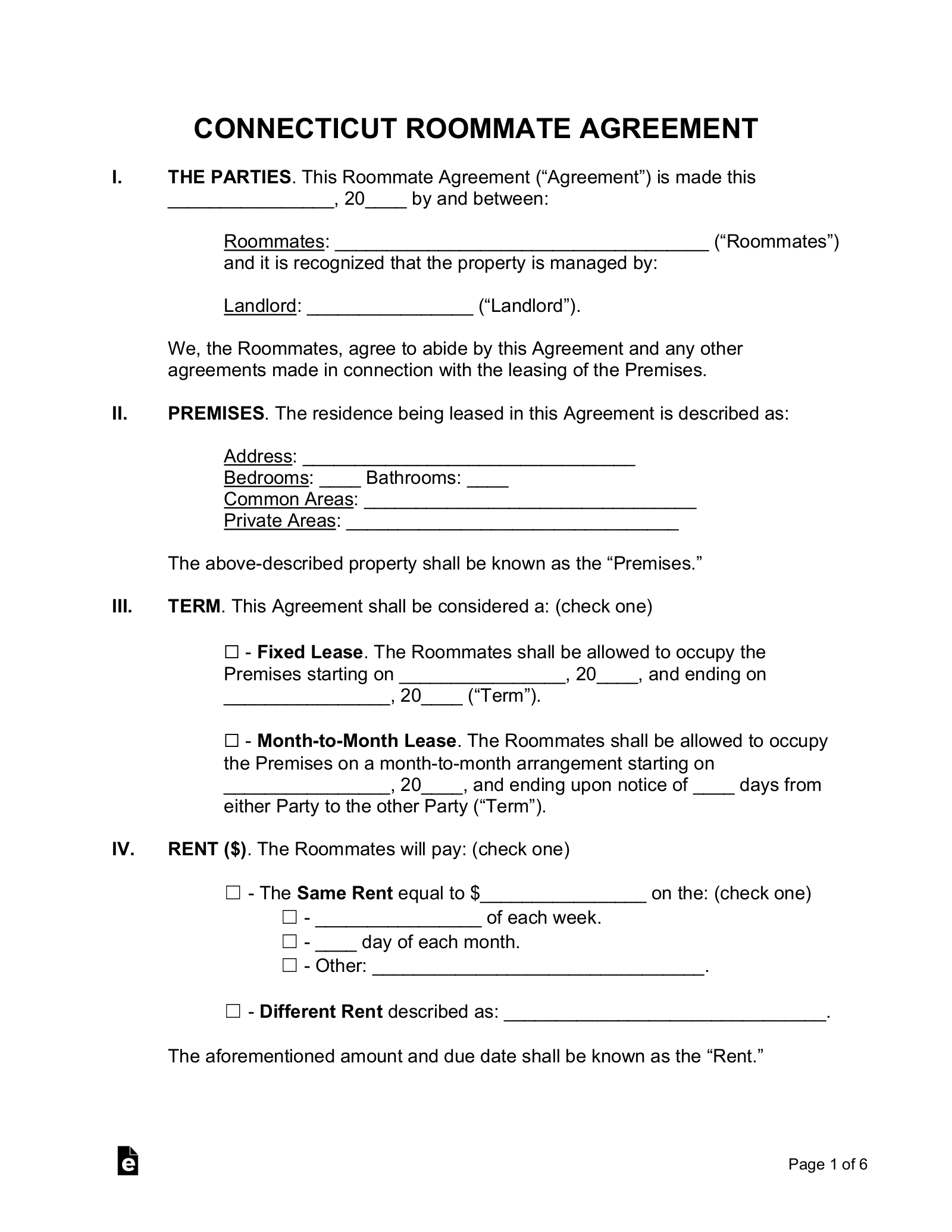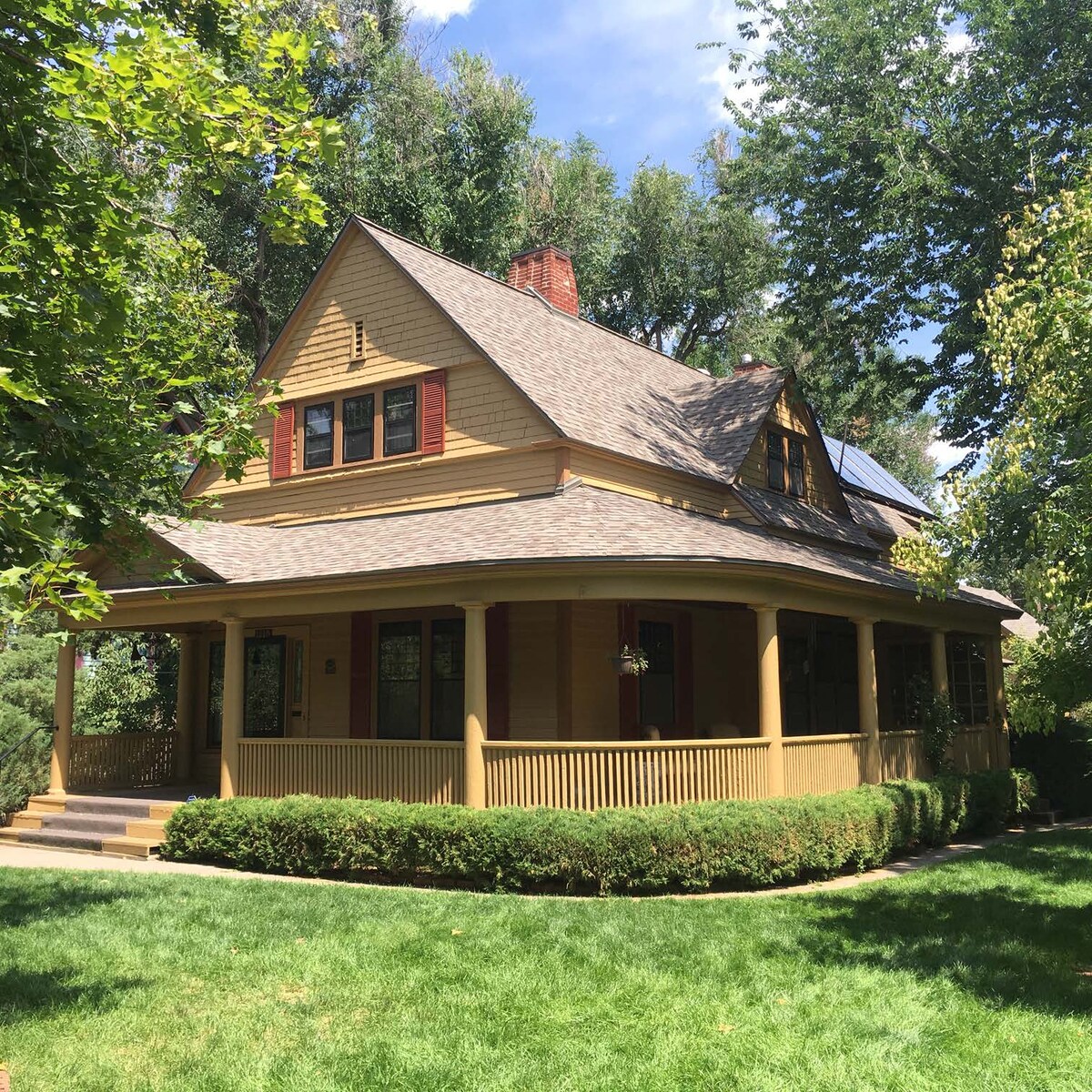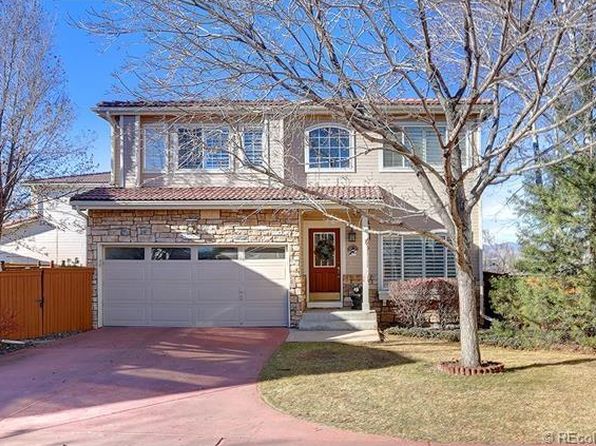Table of Content
With a genuine understanding of each category of luxury, we aim to be a seamless destination for experiencing as well as consuming luxury online as well as offline. This site is a free online resource that strives to offer helpful content and comparison features to our visitors. Except as expressly set forth in our Terms of Use, all representations and warranties regarding the information presented on this page are disclaimed. The information, including pricing, which appears on this site is subject to change at any time. Wondering whether if you resolve the question of manufactured homes vs modular homes by opting for the former it will lose its value.

Curiously enough, manufactured homes are not classified as real estate. Instead, they fall into the same personal property category as vehicles. The cost of a manufactured home is determined by several factors, including its size, location, and age. Double-wide manufactured homes cost around twice as much as single-wide homes, homes in urban and suburban areas cost more than rural homes, and newer homes cost more than older homes.
Modular Homes vs. Houses Built On-site
Since sizes are so restrictive, there’s no way a manufactured home can take full advantage of the plot of land where it is situated. Preconfigured home models and sizes cannot be calibrated to the maximum allowable square footage of the lot, leading to a waste of land space. Dori Zinn has been a personal finance journalist for more than a decade. Aside from her work for Forbes, her bylines have appeared on CNET, Yahoo! Finance, New York Times, Quartz, Inc. and more. She loves helping people learn about money and specializes in topics like fintech, investing, real estate, borrowing money and financial literacy. Compared to a traditional home, manufactured homes will require less maintenance.
You may also need to do some background checks to establish that your desired neighborhood does allow modular buildings. Most trailer home dealers will have the home pre–built and then just sell from their available stock. It’s cheaper to transport a building in panels than in modules, if it is large enough. To better understand the difference between a mobile and prefab home, let’s begin by defining them. Compared to a traditional house, a modular house is affordable, according to the per square feet rate. The average price of a modular home is typically a bit more expensive than a manufactured home.
How To Get a Manufactured Home Loan
Manufactured homes are often set on a temporary foundation, which allows them to be moved with relative ease. Carey received his Bachelor's in English at University of Wisconsin-Madison he received his Masters in Integrated Marketing & Communications at Eastern Michigan University. Based on the information you have provided, you are eligible to continue your home loan process online with Rocket Mortgage.
Modular homes are built in a style similar to traditional homes and are subject to the same state and local building codes. Manufactured homes are constructed according to a code administered by the U.S. Department of Housing and Urban Development and the local building code.
Harvard Joint Center for Housing Studies Charts Show Us a Wealth of Housing Data
Manufactured homes are built in a well-regulated environment that helps limit delays, and they have an almost endless list of customizable features. The definition of a mobile or a trailer home has changed drastically since the late 1970s. For example, before 1976, mobile homes were easily moved living spaces built off-site. At Zook Cabins, we’ve recently launched a new lineup of cabins we call our Park Model Cabins. These cabins take all the things you love about the log cabin look and combine them with a tiny home style house in a package that’s sure to impress.
Purpose-built replaceable parts drove remarkable efficiency in industrial production, and it was this idea that gave rise to the manufactured home. You’re likely to also notice that there’s plenty of confusion around the terminology used to describe these homes and the way that they are built. Modules and sections can be built in controlled factories, reducing waste material and saving costs overall. To the best of our knowledge, all content is accurate as of the date posted, though offers contained herein may no longer be available. The opinions expressed are the author’s alone and have not been provided, approved, or otherwise endorsed by our partners. Justin Becker is a property owner in the state of Michigan and has a passion for managing communities.
What Is the Average Cost of a Manufactured Home?
Since the modules have to be transported on the backs of flat-bed trucks over highways, they generally have to be no longer than the truck and no wider than 16’. Homebuyers can finance manufactured homes through a personal property loan, also known as a chattel loan. This type of loan is available from some banks and credit unions.
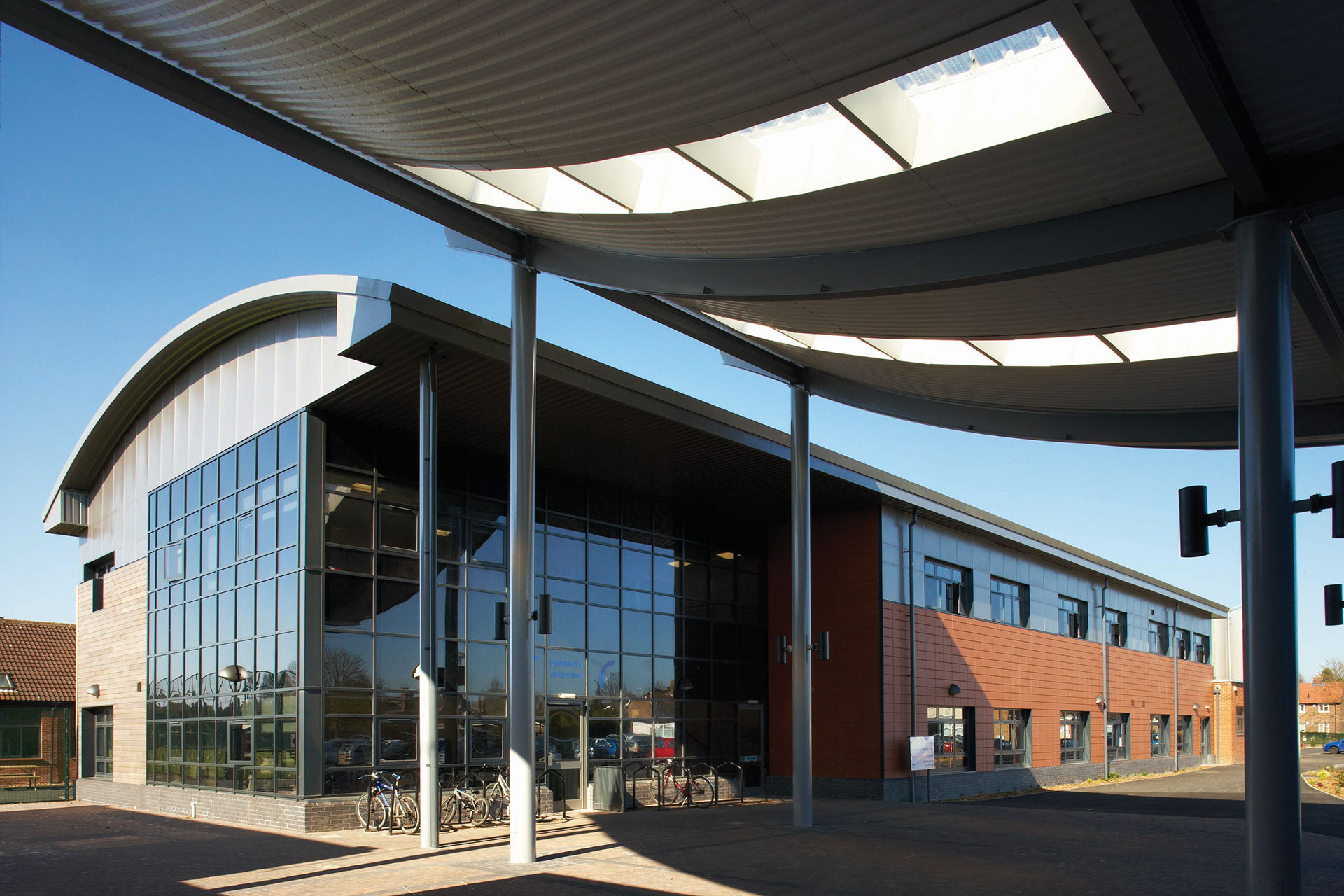
For a traditional home, maintenance will be a regular thing that will push the monthly spend high. As such, if you don’t have a monthly budget for maintenance, you may want to consider buying a mobile home. For example, in September 2018, the average price of a traditional home in the United States was $226,000.
After construction in a factory, they are transported to the home site and placed on a solid foundation. The building code for manufactured homes means that they are durable, withstand harsh weather conditions, and are energy-efficient. At the time of the construction, the materials are stored on-site, leaving them exposed to the elements and open for theft until the project is complete. Likewise, the home interior remains exposed to the weather conditions until the roof, walls, and windows are placed properly. These homes are also subject to various state and local building codes to ensure safety before it is ready.
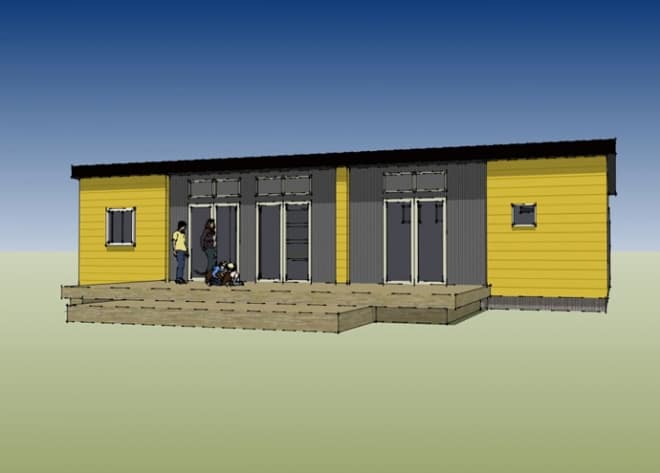
The bottom line of the manufactured homes vs. modular homes contest is the question of which is better. The easiest way to picture it is if you imagine a life-sized set of Lego blocks! The blocks can be arranged in various combinations to produce an infinite set of outcomes, while still using the same blocks. Standards for manufactured homes are set by the federal government, not by state or local jurisdictions. Companies that make them submit to quality control protocols, but there are no in-person inspections – and no way to catch manufacturing defects before they cause problems. Prefab today utilizes the same fundamental methodologies as those early homes described above.
Modular homes are typically built offsite in sections and then transported to the homeowner’s lot for final construction and setup. There are a lot of options when it comes to modular and manufactured homes. If you’re looking for a home that will appreciate over time, with a lot of options for upgrades and expansion, a modular home could be the perfect fit for your family. While both manufactured and modular homes are cost-effective alternatives to traditional site-built homes, there are some key differences to consider when deciding between the two. While built in a factory like prefabs, there is no construction that happens on site. Manufactured homes are constructed on a steel frame, shipped on its own wheels, and then laid on a crawl space, or a slab of concrete.





